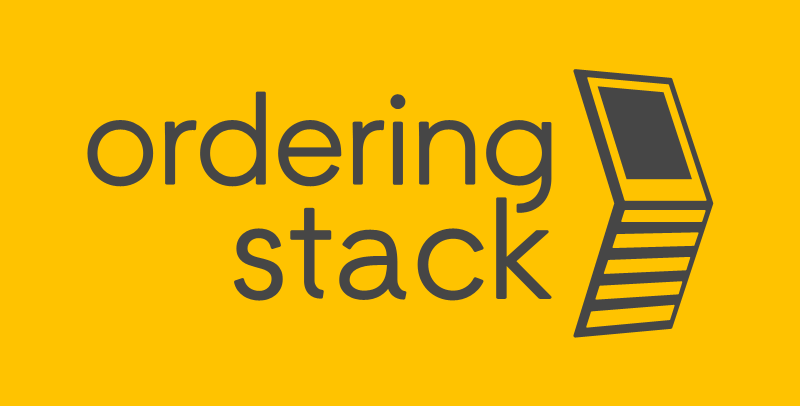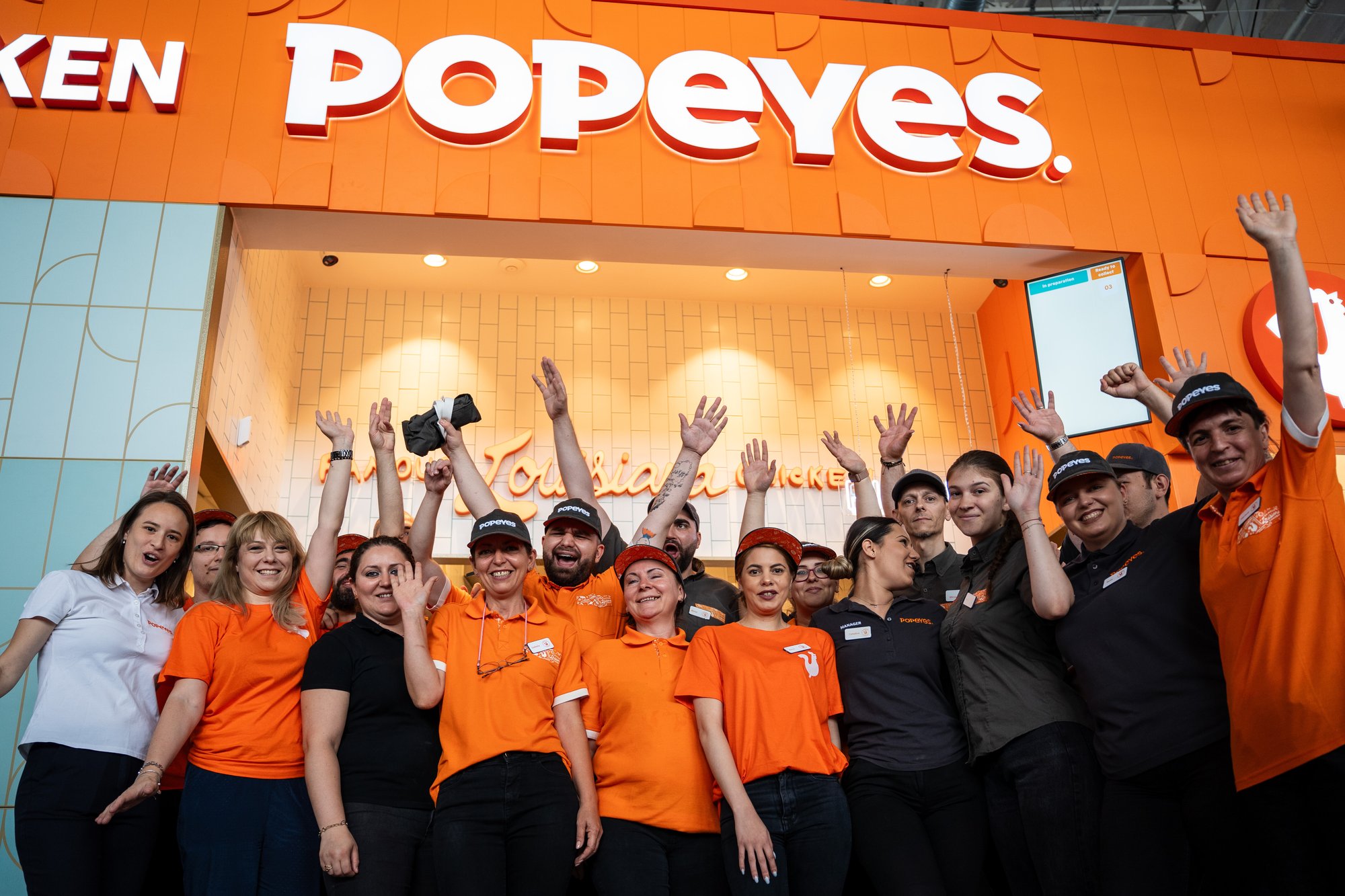FAQ
Is it the question text? What are self-service kiosks and how do they work?
Self-service kiosks are devices equipped with intuitive touchscreens that allow customers to place orders and make payments independently. The ordering process at a kiosk is fully automated: the Ordering Stack software integrates the kiosk with the restaurant's POS system, ensuring that orders placed on the device are processed in real-time. Customers can track their order status on an Order Ready Screen, while the kitchen staff manages orders through the KDS (Kitchen Display System) module.
How does payment processing and fiscal printer installation work in self-service kiosks?
When selecting a self-service kiosk model, it is important to consider the installation method for the payment terminal (PinPAD), check the compatibility of different PinPAD models, and determine whether the device has a built-in NFC reader (soft-POS). Additionally, it is worth paying attention to how fiscalization is handled in the device—whether the printer is built into the kiosk or if there is an option to install a standard thermal printer. Currently, an increasing number of all-in-one self-service devices are emerging on the market, where payments are processed via an integrated NFC reader, and receipts are printed using a built-in or virtual fiscal register.
Can kiosks be integrated with an existing POS system?
Yes, Ordering Stack offers full integration with various POS systems. There is no need to change your existing POS system to use Ordering Stack modules, including the kiosk application. Importantly, Ordering Stack operates on kiosk devices in compliance with the fiscal requirements of your country.
Do self-service kiosks increase sales?
Yes, implementing self-service kiosks typically leads to an increase in the average order value by 15% or more. Features like upselling, cross-selling, and up-sizing strategies allow for personalized meal customization and greater flexibility in menu selection based on customer preferences. Studies show that customers are more likely to accept add-ons suggested by a digital device than when ordering from a cashier, ultimately increasing the average transaction value.
How do kiosks with Ordering Stack software support Loyalty Programs?
Self-service kiosks allow customers to redeem coupons, discounts, and loyalty points. The Ordering Stack system can collect data on customer behavior, enabling the creation of personalized marketing campaigns and loyalty programs.
Can self-service kiosks be customized for my restaurant?
Yes, Ordering Stack allows for the customization of the user interface (UI/UX) to fit your restaurant's specific needs, including branding, menu configuration, and integration with management systems.
Do self-service kiosks replace employees?
No, kiosks do not eliminate the need for staff but rather support them in daily tasks and significantly enhance team efficiency. By automating the ordering process, kiosks reduce the workload for cashiers, allowing employees to focus on other tasks, such as kitchen operations, ultimately improving the restaurant’s overall efficiency.
Does using kiosks improve customer comfort?
Yes, kiosks provide greater anonymity and eliminate potential discomfort, such as mispronouncing dish names. Customers can take more time to explore the menu and are more likely to select additional options, enhancing their overall purchasing experience.
What types of self-service kiosks are available?
Depending on the needs and specifics of a restaurant chain, available options include freestanding kiosks designed for high-traffic areas such as food courts in shopping malls, with a single or dual screen. Devices can also be wall-mounted to save space. There are also countertop self-service kiosks, which are perfect for smaller establishments. A new addition to the market is outdoor kiosks, designed to function in outdoor conditions.
What is the difference between the Ordering Stack kiosk application and a self-service kiosk?
The Ordering Stack kiosk application is software installed on a device (e.g., a self-service kiosk) that enables its operation. It manages the user interface (UI) and functionalities such as menu selection, order configuration, payments, promotions, and integration with restaurant systems (e.g., POS). It can run on various devices, including kiosks, tablets, or other touchscreen displays. A self-service kiosk is a physical device equipped with a touchscreen and often additional components such as a payment terminal, receipt printer, QR code reader, or loyalty card scanner. The kiosk functions thanks to the kiosk application, which powers its operations. In short: a self-service kiosk is hardware, while the kiosk application is its software.
Does Ordering Stack provide self-service kiosks (hardware)?
No, Ordering Stack is a comprehensive digital customer service platform for restaurant chains. Self-service kiosk ordering is just one of its modules. After analyzing the client's needs, the team can recommend trusted kiosk hardware suppliers. However, the final decision on hardware selection always rests with the restaurant owner.











.jpg?width=2000&height=1333&name=20240217-1108-IMG_4438%20(1).jpg)